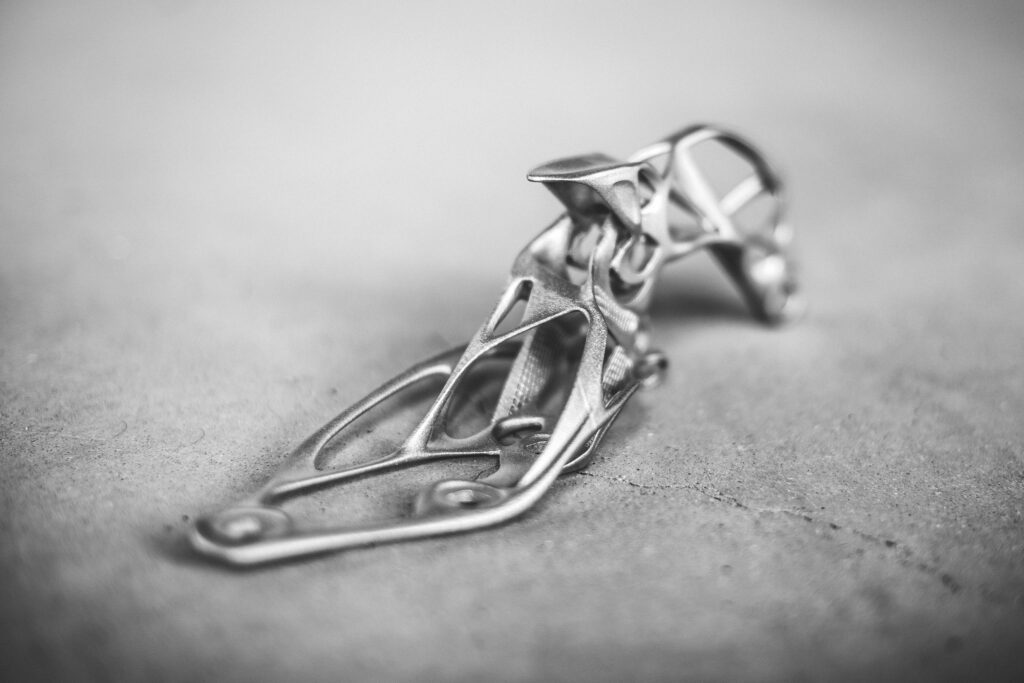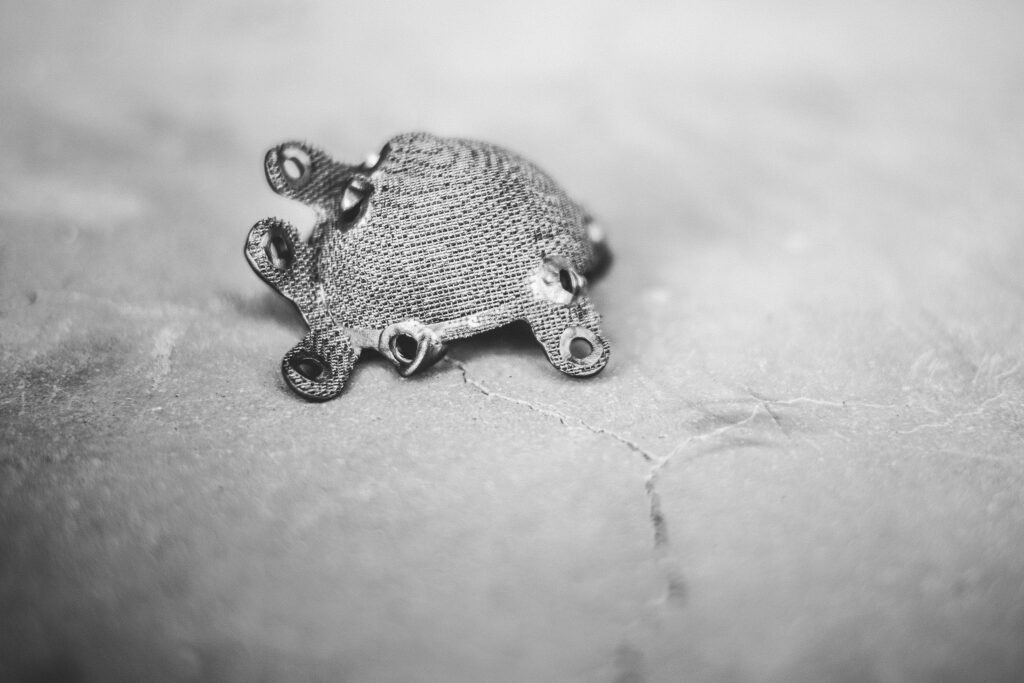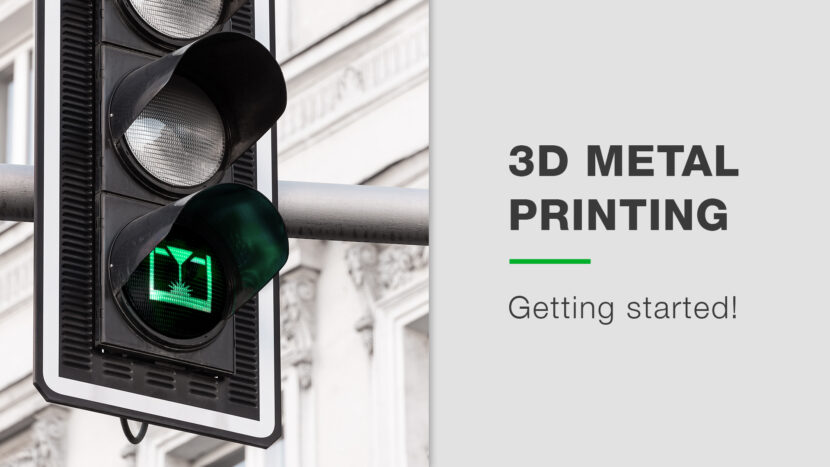3D printing high-quality metal parts is one of the hottest topics in the industry right now. Many companies keep investing in this technology to produce unique and complex industrial applications. And if you’ve ever wondered what the whole hype is about, the cost, its upsides, and downsides,then you are in the right place. Because in this article, you will get to know answers to some of your most frequently asked questions on metal 3D printing.
Let’s get started.
What Are the Best Things About 3D Printing of High-Quality Metal Parts and How Does It Compare to Other Manufacturing Techniques?
Using metal 3D printing technique to print high-quality metal parts comes with many advantages. Below are the best things about 3D metal printing you should know.
Shortened Lead Times
When metal printing, you always want the process to be as fast as possible. However, most manufacturing techniques take long. For instance, it will take about 15 to 60 days to get the first part of your project done when using subtractive manufacturing. Formative manufacturing comes with lead times that are counted in months. The manufacturing process is usually faster whenever you use metal 3D printing. It can take as little as 2-3 days to get the same result. This is crucial because 3D printing is an additive manufacturing technique, so it’s faster to move from the design stage to the production of the final part.
Reduction in Material Waste
If you’ve tried other forms of manufacturing techniques to produce metals, then one major challenge you would have encountered is a high level of material waste. However, with metal 3D printing, there is a high reduction of material waste, which saves you money. Metal 3D printing reduces the amount of material you waste because the raw materials are added and shaped layer by layer instead of cutting and subtracting out of a solid form. This ensures that the materials needed are placed exactly where they are useful, so it reduces the materials wasted.
Produces Complex Designs
With metal 3D printing, you will be able to produce unique and complex designs with no additional effort and cost.
However, producing complex structures with traditional techniques requires more effort and time. For instance, including extra holes require machining after molding, and you would have to use multiple different parts inside a welded form to produce parts. But with metal 3D printing, only one part is needed, and you can produce objects in one piece, which makes printing complex structures a lot easier.

High Flexibility
With 3D printing, you can print your project just to test it and make modifications easily using 3D modeling software. This flexibility makes printing not just easier but more efficient, so you are able to print better designs while saving time and cost.

Common Problems Associated with 3D Printing of Precision high-quality metal parts
People often ask if there are any challenges associated with metal 3D printing. And the truth is: Although 3D printing comes with many perks, there are a few challenges that come with it. In this section, you will get to know the common challenges you will most likely encounter with metal 3D printing and how to troubleshoot these issues. Let’s get right into it.
Porosity
Sometimes while metal 3D printing, printed parts are often bugged with high porosity, which usually happens during the printing process because tiny holes are often created inside the parts during this time. Tiny holes lead to low density, and the number of holes created can directly influence how low the density of your parts would be. And when this happens, the metal parts get weakened and damage easily. So, to prevent this, ensure you source your raw materials from a trusted source because often, the quality of raw materials affects the resistance of parts to porosity. Another preventive measure to take is to ensure to tune your printer’s parameters during every printing process.
Surface Roughness
Another challenge you will most likely encounter while metal 3D printing is that some of your parts often have rough surfaces, and you have to do a certain level of polishing to achieve a smooth finish. However, you can prevent this by printing thinner layers because the roughness of a metal part surface is directly proportional to its layer thickness.
Cracking and Warping
This is one of the commonest issues many people encounter when 3D printing. Cracking and warping happen when a metal part gets cooled. If a metal part cools down, contraction occurs, and some parts get deformed. To avoid this, pre-heat the print bed and increase the adhesion of your metal parts to your print bed, so it receives the support it needs. You can also try thermal processing to fix cracked parts.
High Cost per part
This is another challenge faced with metal 3D printing. The cost of each part is quite expensive as it ranges between $ 1,000 and $ 5,000. Also, there isn’t a reduced cost for large quantities as each individual part cost remains high regardless.
How Much Does the Machine Use for 3D printing of Precision High-Quality Metal Part Cost?
The most common methodology used in printing high-quality metal parts is Selective Laser Melting (SLM). The machines used for this methodology are called Powder Bed Fusion Machines, and they cost between $ 500 k to $ 2 M.
Reviews: What Are People Saying about 3D Printing of Precision High-quality Metal parts?
Apart from the other benefits listed earlier in this article and the fact that this process allows for the expansion of metals such as alloys and other metallic properties, many operators also love it for the following reasons: it is the most effective process to make iteration, it enables quick prototyping and is the most flexible and reliable manufacturing technique to print precision metal parts with high performing metal properties.
Conclusion
This article discusses the perks of metal 3D printing as well as the major challenges often encountered with metal 3D printing and provides tips on how to troubleshoot these issues. More so, this article stated the price-range of bed fusion machines and discussed the general opinion of manufacturers and designers on metal 3D printing.
Hopefully, this article answers all the common questions you have about 3D printing and also helped you understand metal 3D printing better.

